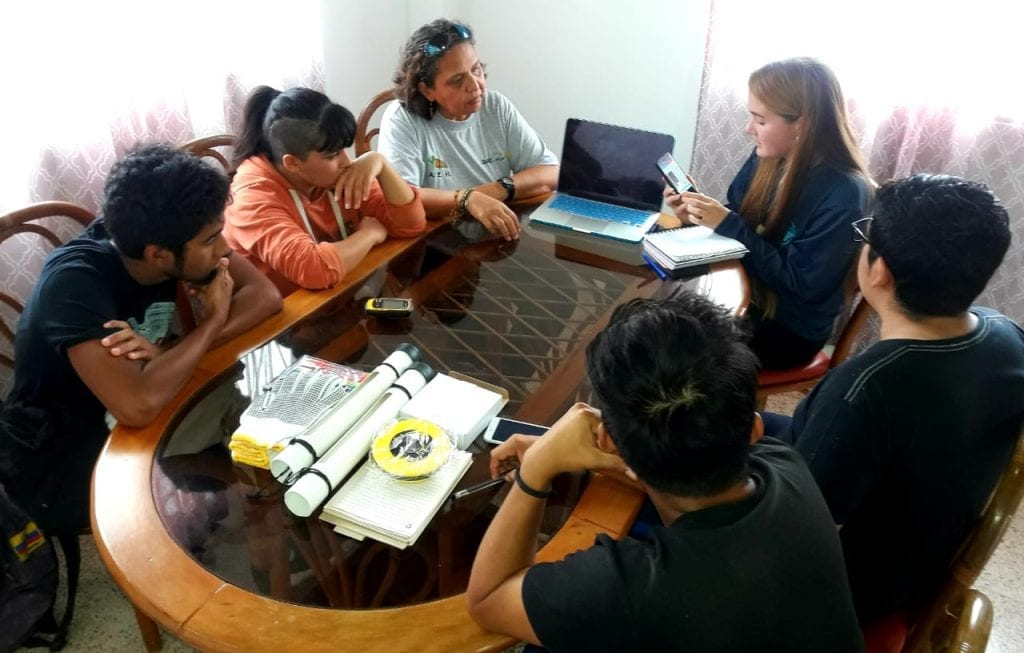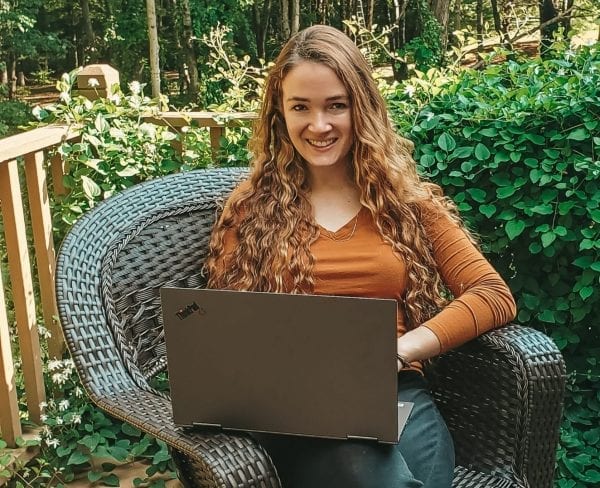Research expeditions I have taken part in range in length from two weeks to six months, depending on the goals and objectives, funding, turtle activity, etc. Daily life on an expedition changes greatly and is based upon the primary focus. However, each typically has three main parts: 1) preparation, 2) outreach and 3) science.
Preparation
The first couple weeks of a multi-month expedition is usually the preparation phase. In the case of our most recent six-month expedition to the Pearl Islands, the team arrived in-country, met with key stakeholders, and purchased food and supplies. In October 2019, the field team met with the Ministry of Environment and fisheries management organization directors to collect our research permit and garner support for the project. We also met with news outlets and a radio station to notify key news dispensing entities of our expedition plans. We then spent hours shopping for multiple months’ worth of food, along with an assortment of supplies ranging from duct tape to machetes to a generator.
Outreach
Next, the team traveled to the field via car, bus, ferry, and fishing boat to set up camp. Before beginning research activities, it was vitally important for us to become acquainted with the local community. We did so by reaching out to nearby families and arranging a large, town-wide event where we spoke about sea turtles, threats facing their survival and our purpose in the field — all while showing compelling imagery on my ThinkPad.
We mentioned that we would be there for the next five months and hoped we would have the chance to collaborate and learn from hard-acquired local knowledge. I hired three field assistants from the local community. During our mutual training day, I learned just as much (if not more) about sea turtles in the Pearl Islands as they did about collecting data and research methodology.

Science
Finally, the science began! We walked the sea turtle nesting beaches in the early morning before the day’s first high tide had a chance to wash away evidence from the previous night’s sea turtle nesting activity. Late morning and early afternoons were filled with data entry on my ThinkPad, cooking, and camp maintenance.
 As the sun’s heat dissipated, our late afternoons consisted of additional work on the beach, including excavating hatched nests to document the success of sea turtle reproduction. At night, we would often patrol the beaches for a few hours in search of nesting females. Our presence on these nesting beaches was a passive protection against the harvest of sea turtles and their eggs.
As the sun’s heat dissipated, our late afternoons consisted of additional work on the beach, including excavating hatched nests to document the success of sea turtle reproduction. At night, we would often patrol the beaches for a few hours in search of nesting females. Our presence on these nesting beaches was a passive protection against the harvest of sea turtles and their eggs.
Follow us on Instagram (@callieveelenturf & @leatherbackproject) and Facebook to be part of my #LenovoInnovators journey and support The Leatherback Project’s mission.
